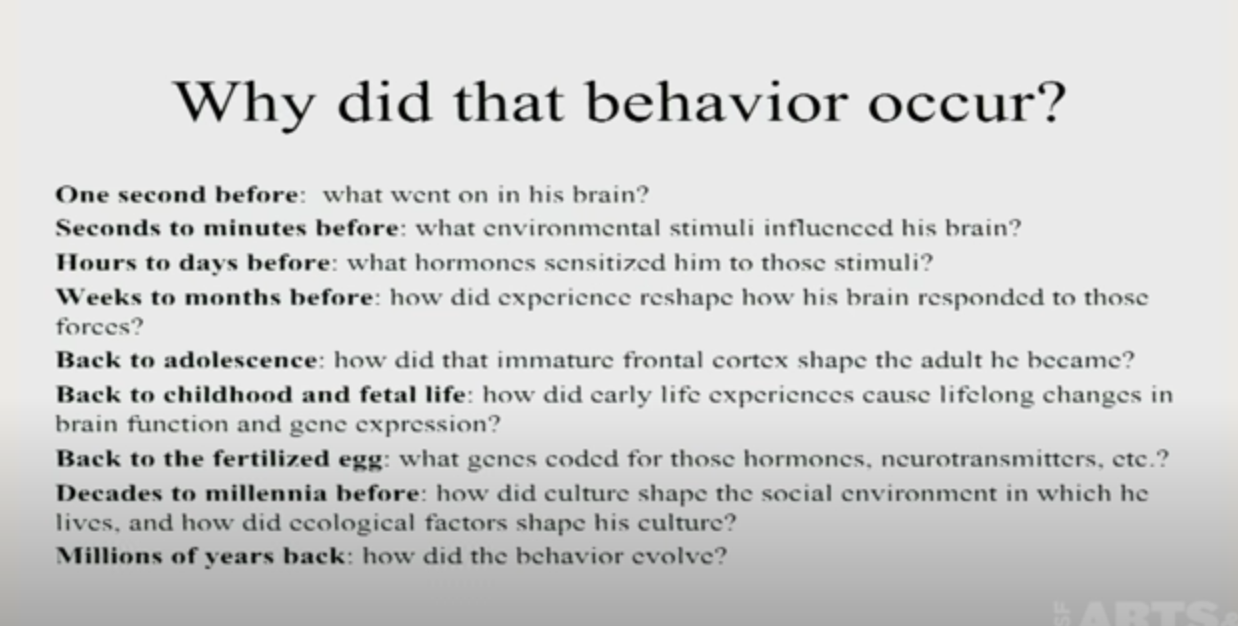I have just begun listening to the Justice: What is the right thing to do? Course by Micheal Sandel. The course puts forward many fundamental questions about our understanding of Justice, morality, behaviour. Many of the questions may seem very obvious and yet it is very difficult to put them together into a coherent thought. And the same understanding and answers look completely shattered when asking questions put in different perspective or in different scenarios. It is just amazing that as society advances, such very basic philosophical questions have endured. Micheal Sandel plays the role of a presenter who keeps presenting different questions in front of his audience and then pokes and helps them navigate to come up with better understanding of the answers, not necessarily a fixed complete answer.
As I am going through this course, I look for understanding within my cultural framework and how we have been introduced to the concept of justice and morality. For many of us, Hindu mythology and hundreds of stories around it was what introduced and gave us some idea of justice and morality. Rama killing Ravana as a fight to establish Ram Rajya, a just society. Krishna explaining Bhagavad Gita to Arjun convincing him to fight his own family. In my much younger days, it was the Panchatantra stories, the Tenali Raman and Birbal stories that introduced me to right and wrong.
Hindu mythology puts forward examples and stories for anyone to understand about justice and morality, I have not gone in-depth in it to be able to understand why it recommends what it does. The justice course looks at examples not to explain what is right or wrong but to give us a framework based on different western philosophers and their understanding of right and wrong. Hence it leaves the questions unanswered but still gives the audience enough information to allow them to make their own choices and their own understanding of justice and morality.
Given the limited understanding of both Indian and Western perspective on justice and morality, even at this introductory level, I can clearly identify two distinction between the western perspective and Indian perspective.
Firstly, it amazes me how much materialistic the western perspective is. It talks about rights of an individual, meaning of freedom within a society, etc, However it seems to revolve largely around the idea of value, monetary or otherwise and concept of utility to humankind. When it talks of nature, it either talks of something of value, something to be used by humankind or the humankind itself. There seem to be a very clear distinction between the life of an animal or plant as against the life of a human. While it gives utmost respect and importance to the life of human, the life of any other animal or plant seems to be equal to the utility it provides to human and maybe equivalent to utility provided by non-living materials. In contrast, the Hindu mythology seem to be able to give as much consideration to life of a human as to life in any other living being. The characters and the examples revolve as much around humans as plants and animals. The idea of nature is much more wholistic and the importance of any life much more sacred and prominent. The interactions of the characters are also much more complex than just utility based.
Secondly, the western perspective when talking of an individual is much wary of an individual very separated from any associations or attachments with others around him or her. When talking about pleasures, desires, needs, the individual seems to be the only in spotlight and everyone else around him just doesn’t seem to exist. The interactions with other individuals seem very transactional. This way, I believe that western perspective does not consider much more complex interactions between individuals and the idea of pleasures, desires and needs seem much more hollow in their outlook. The relationship of an individual and society is very much looked only through the prism of government and its laws. The idea of family is only considered as social organization and not as an entity in itself. This again highlights how much detached and distinct the individual is from the society around him. In contrast, Hindu mythology seem to consider individuals very much part of the society and their interactions are much deeper relationships and its impact in different scenarios. It is very difficult to isolate an individual and his/her actions. It seems to be much more an action of society manifested by the individual. The individual in many cases cannot be distinguished from the family they are part of and family seems to be just extrapolation of the individual. This directly impacts how individual rights, freedom and property is considered. Hence from philosophical point of view, individuals, family and society seem to be just different scales of the same unit and very difficult to distinguish.
These distinctions between western and Indian philosophy seem to give raise to completely different set of complexities in each scenario. I will continue to explore the distinctions and understand the two philosophies.


